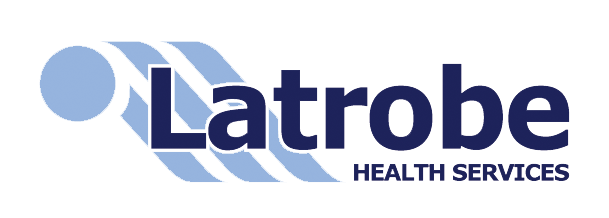

The following are symptoms of type 1 diabetes:
• Being excessively thirsty
• Passing more urine
• Feeling tired and lethargic
• Always feeling hungry
• Having cuts that heal slowly
• Itching, skin infections
• Blurred vision
• Unexplained weight loss
• Mood swings
• Headaches
• Feeling dizzy
• Leg cramps.
These symptoms may occur suddenly. If they occur, see a doctor. Through a simple test, a doctor can find out if they’re the result of type 1 diabetes.
You must be a HealthShare member to report this post. to your account or now (it's free).
Dietitian
Although some people have no symptoms, most people diagnosed with type 1 diabetes have the following signs and symptoms of hyperglycemia (high blood sugar):
blurred vision
decreased mental sharpness
extreme thirst and hunger
feeling tired (fatigue)
frequent need to urinate
frequent skin infections
weight loss despite having an increased appetite
slow-healing wounds
In some cases, emergency symptoms of very high blood sugar may develop. They include:
confusion
fast breathing
fruity-smelling breath (a sign of diabetic ketoacidosis)
loss of coordination
pain in the abdomen
shaking
slurred speech
unconsciousness
nausea
vomiting
fast heartbeat
It's absolutely critical to get immediate emergency medical attention if any of the above emergency symptoms develop. Make sure you get to a hospital right away.
There are short- and long-term complications associated with diabetes. Short-term problems are hypoglycaemia (low blood sugar) and hyperglycaemia (high blood sugar). Taking too much insulin, missing a meal, or over-exercising can make blood sugar go too low.
Symptoms of low blood sugar can come along very quickly, and they can include:
cold sweats
fast heartbeat
hunger
lightheadedness
numbness of the tongue and lips
shakiness
anxiety
nausea
In contrast, symptoms of high blood sugar (such as thirst, increased urination, or blurred vision) usually come on slowly and can be brought on by circumstances such as taking too little insulin, eating too much food, or during stressful times or illness. A serious condition called ketoacidosis can occur when blood sugar is high and there is not enough insulin circulating in the body. Diabetic ketoacidosis mainly affects people with type 1 diabetes and can be very dangerous if left untreated.
You must be a HealthShare member to report this post. to your account or now (it's free).